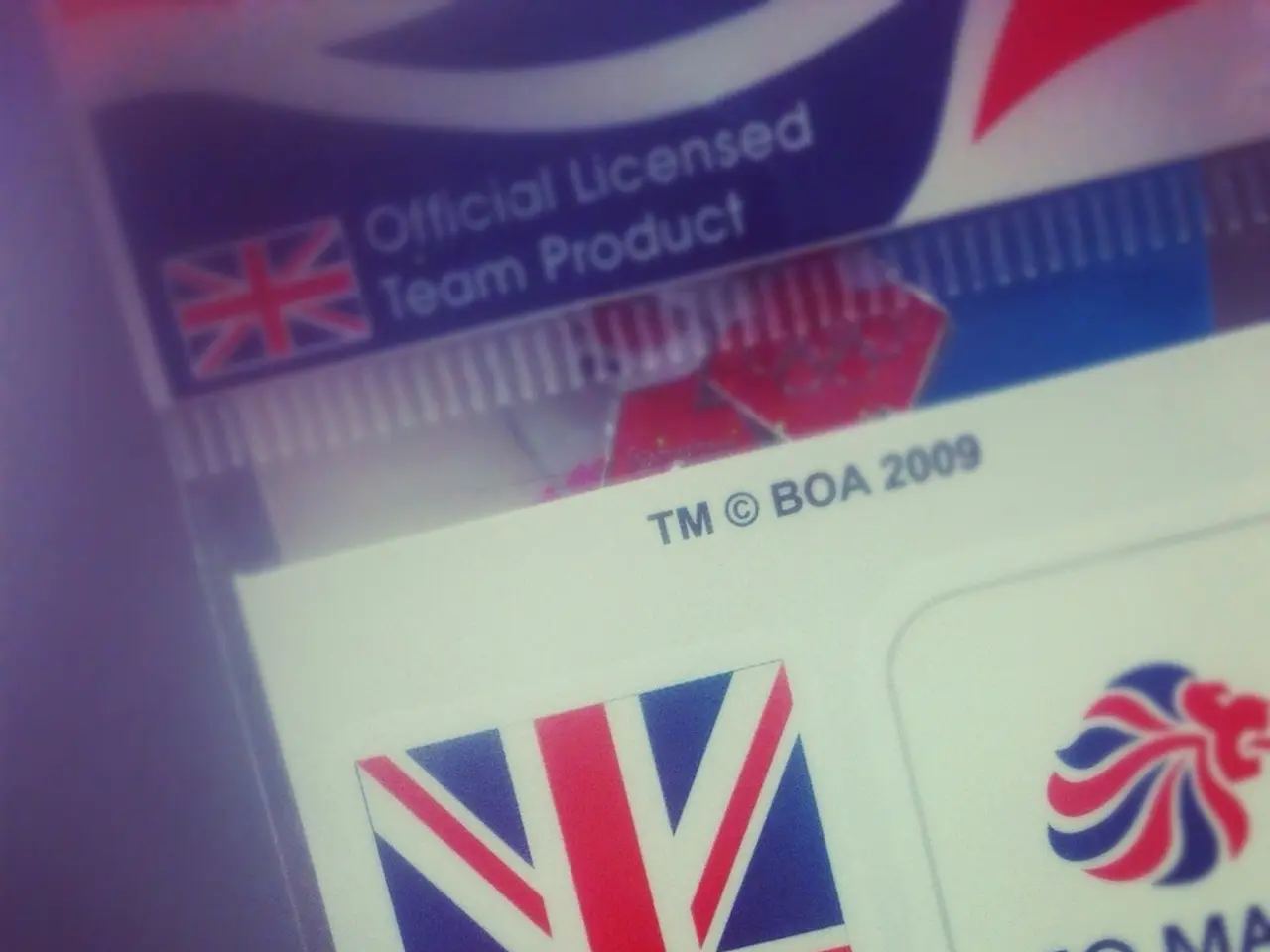Instructions for Maintaining and Repairing Forklifts to Increase Lifespan
In the fast-paced world of industrial operations, forklifts play a crucial role. However, their longevity and safety are heavily dependent on a well-structured maintenance schedule. Here's why.
A consistent maintenance schedule and prompt repairs are key to maximizing a forklift's performance and lifespan. Regular inspections, service, and repairs can prevent minor issues from escalating into expensive repair bills and mechanical failures.
Daily pre-operation inspections are essential. Workers should check brakes, steering, tires, forks, fluid levels, warning devices, seatbelts, and look for leaks or damage. A checklist and documentation of findings ensure consistency and accountability.
Weekly maintenance involves tire inspections, cleaning the forklift, and testing controls and instruments. Keeping the forklift clean helps prevent issues and prolongs its service life.
Monthly maintenance tasks include servicing hydraulic systems, lubricating moving parts, and checking battery water levels for lead-acid batteries. Scheduled repairs based on usage hours are also important to avoid unplanned failures and reduce long-term costs.
Safety compliance is non-negotiable. Forklifts must be maintained in excellent operating condition, and operators should be trained and certified. Seatbelt usage should be enforced, and load capacity guidelines clearly posted to avoid overloading and accidents.
The maintenance schedule should be tailored to the type of forklift. Electric forklifts, for example, require less mechanical maintenance but have battery maintenance and replacement needs.
Being proactive in forklift maintenance can save a company large sums of money in the long run. Prioritizing maintenance and repairs not only increases operational efficiency and safety but also ensures that the equipment will last longer.
In conclusion, implementing a detailed forklift maintenance schedule aligned with manufacturer and regulatory guidelines, scheduling maintenance tasks based on usage and calendar intervals, training staff to perform or monitor inspections, documenting all activities, and promptly addressing any detected issues are key to maximizing forklift safety and longevity.
The detailed maintenance schedule, aligned with manufacturer and regulatory guidelines, helps in maintaining the forklift's performance and longevity, reducing the risk of mechanical failures and decreasing costs in the long run. In the finance industry, a well-structured maintenance plan for forklifts can result in significant savings for the manufacturing sector.




